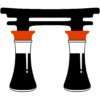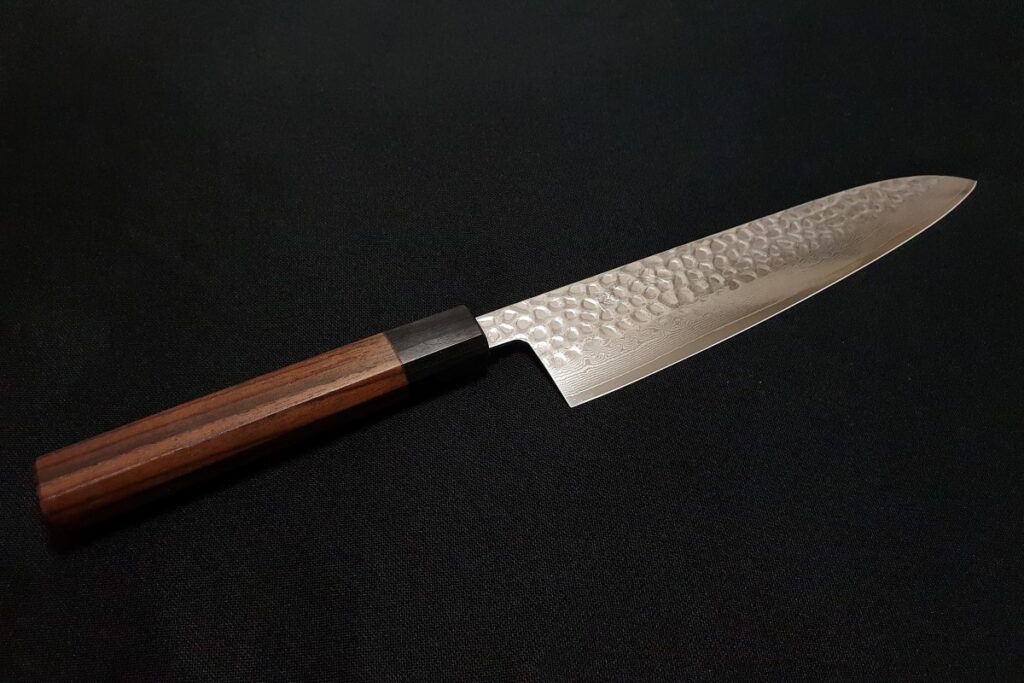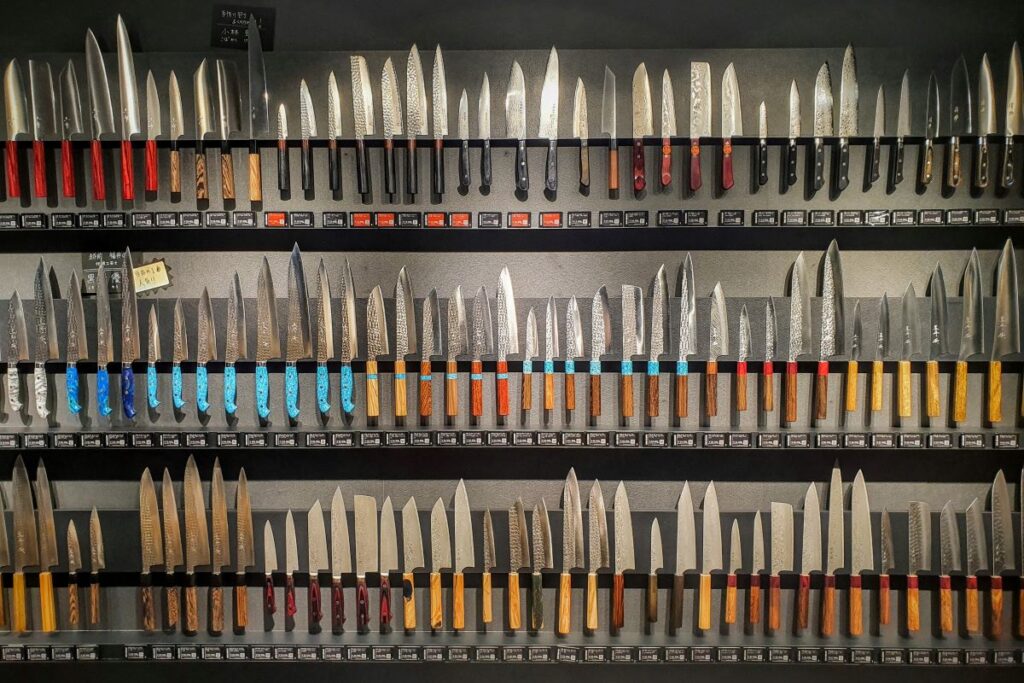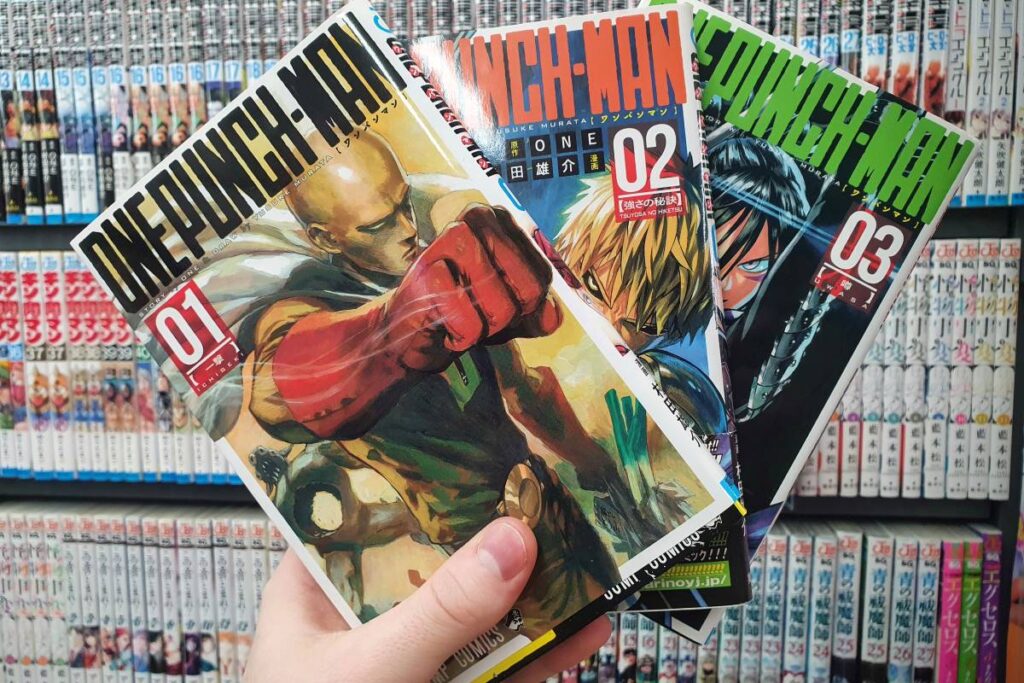Took a while to think of a cleaver pun for the title. OK that was the last one (maybe). After learning all about Japanese knives in this post, be sure to check out the 17 top spots to buy Japanese knives in Japan.
Japanese knives vs western knives
Harder & sharper
In general, there are a few differences between Japanese knives and Western knives. Japanese steel is harder, with a higher carbon content. Benefits of this are that they can be sharpened sharper, and they hold their sharp edge longer. Downside is that they are more brittle (can chip), and are more prone to corrosion if not cared for.
Flat edge & thinner blades
Much of Japanese food prep is done using a vertical cutting motion, rather than the Western rock-cutting motion. Because of this, Japanese knife edges tend to be straighter (flatter) rather than curved. Also, Japanese blades tend to be thinner than western counterparts, to prevent cell damage as the food is cut. This pairs with Japanese cuisine, where food is typically lighter and more delicate.
Edge design
Japanese knives are traditionally single-bevel edged, though many newer designs from the last 200 years are double-bevel edged.
Centre of gravity
In addition to this, the centre of gravity is different. Traditional Japanese knives (with the Japanese handles) are more blade heavy, whereas Western knives are very balanced around the pinch grip. This is because the tang of the knife extends the full length of the western handle, but only partially down a Japanese handle.
Different kinds of Japanese knives
Ok here are the top 10 most recommended Japanese knives and how they’re used.
Gyuto 牛刀
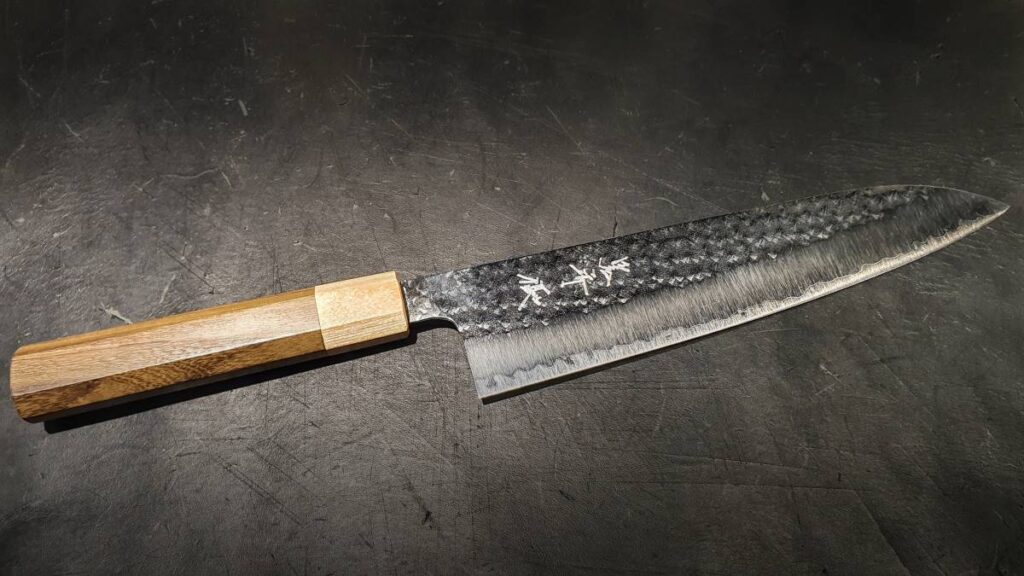
- Literally translates to “cow sword” (lol), the Gyuto is Japan’s response to the western chef’s knife. Extremely versatile, perhaps the most multi-purpose Japanese knife.
- Blade length typically 180 to 300mm. Most common sizes are 210mm, 240mm, and for professionals 270mm.
- Gyuto has a double-bevel edge.
- K-tip variants exist, which is just an alternate tip shape. See Kiritsuke for info on this.
- After trying out dozens of knives, the 210mm Gyuto was the sweet spot for me. 240mm felt slightly unwieldy to me, and extremely so for my wife.
- Entry price: 15,000 yen.
- My Gyuto: 210mm, stainless steel 33 layers, half hand-made, long Japanese handle – was 21k yen from Tokuzo Osaka.
Santoku 三得
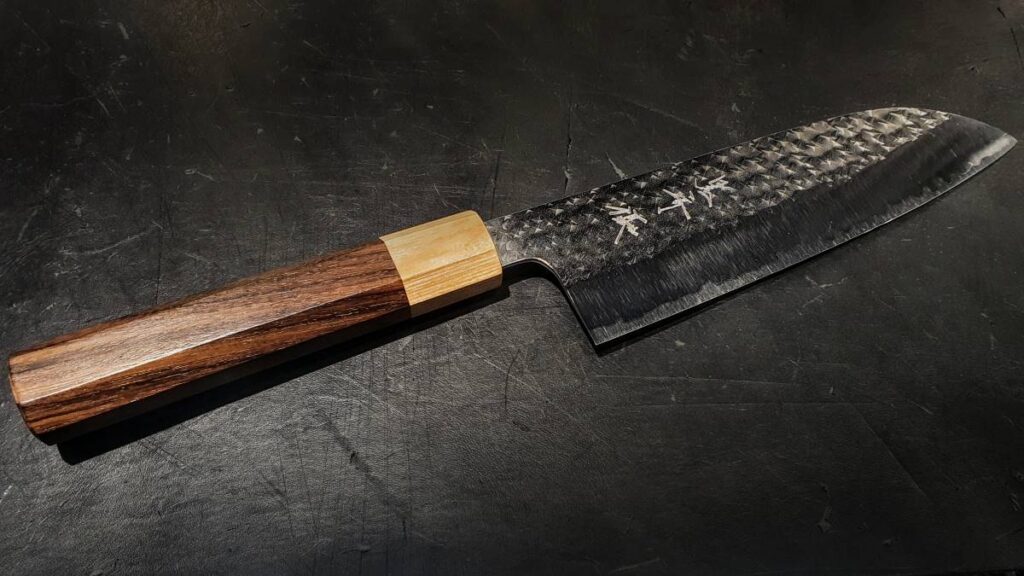
- Modern, general purpose knife that literally translates to “3 virtues” or “3 specialties”. There is debate whether this refers to meat/vegetables/fish, or slicing/chopping/mincing. Nevertheless, an incredibly versatile and top choice knife if you’re only going to buy one knife.
- Blade length typically 150mm to 210mm. Most common sizes are 165mm and 180mm.
- Santoku has a double-bevel edge.
- Wider blade with a mostly flat edge line as the spine curves downward to the blade edge.
- Typically 5000 yen ($40) cheaper than a Gyuto, due to shorter blade length and lower popularity.
- Entry price: 12,000 yen
Deba 出刃
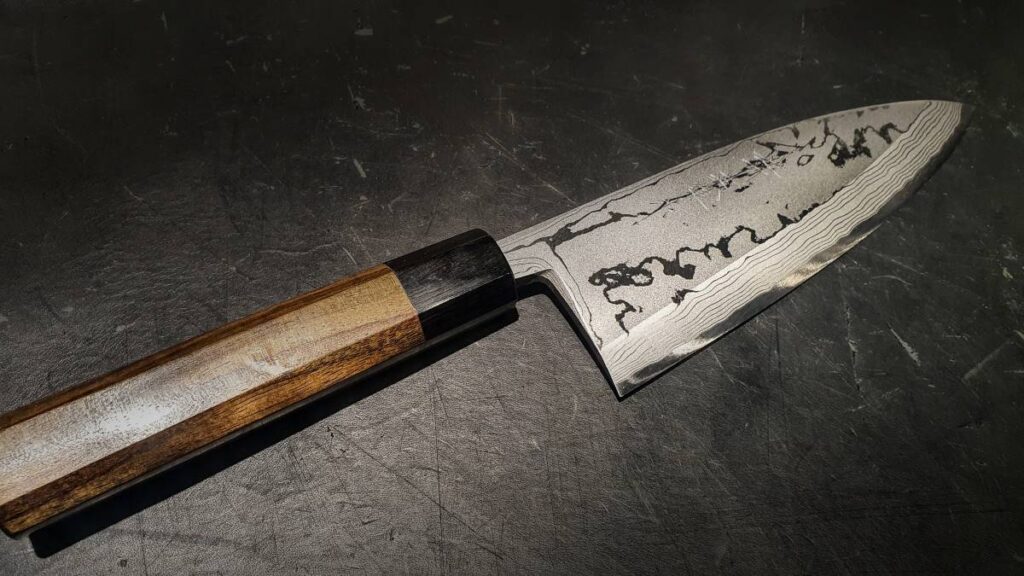
- Designed for cutting fish, though more versatile than just fish, it is also suitable for mincing, deboning, and slicing.
- Blade length typically 150mm to 330mm. Most common size is 180mm.
- Thicker blade means it can be used to cut through small bones, so it is commonly used to debone chicken. Not intended to cleave through large bones.
- Single-bevel edge. This means its handed, meaning you will need to specifically buy a left-handed or right-handed version.
- Price: 15,000 yen
Usuba 薄刃 & Nakiri 菜切
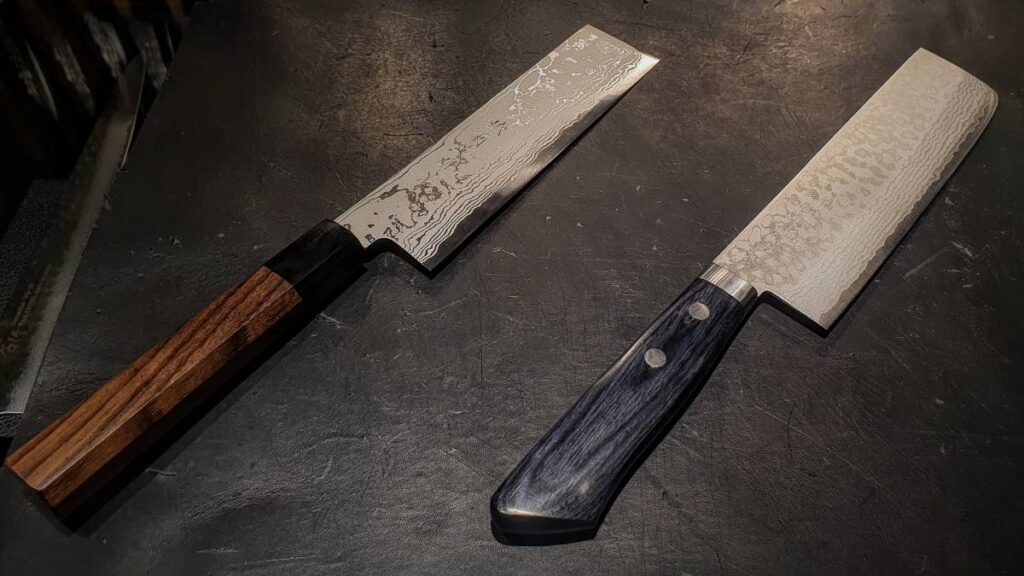
- Both specialty vegetable cutting knives with similar rectangular profiles.
- Blade length typically 150mm to 330mm. Recommended size for home cooks is 180mm.
- Thin wide blade makes it easy to use knuckles for guidance
- Usuba has a single-bevel edge. This means its handed, meaning you will need to specifically buy a left-handed or right-handed version.
- Nakiri has a double-bevel edge.
- If you are a professional, consider an Usuba. Otherwise buy a Nakiri. The double-bevel edge is easier to maintain and friendlier to the non-professional. And while the single-bevel edge Usuba can be sharpened sharper, if you’re not diligent and competent at maintaining the edge, the Nakiri will feel sharper as the knife dulls.
- Entry price: Nakiri 9000 yen, Usuba 23,000 yen
Yanagiba 柳刃 & Takohiki 蛸引き
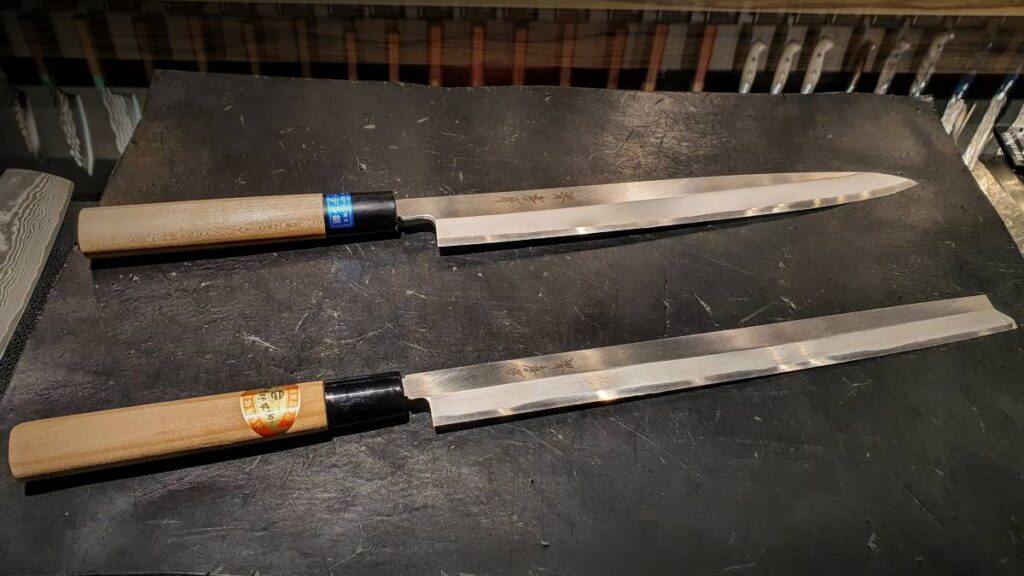
- Long and narrow blade, ideal for slicing raw fish for sashimi and sushi.
- Blade length typically 210mm to 370mm. Most common sizes are 270mm, 300mm, and 330mm
- Both have a single-bevel edge. This means they’re handed, meaning you will need to specifically buy a left-handed or right-handed version.
- Yanagiba – blade is willow-leaf-shaped and narrows to a point, with the blade edge curving up to the tip. Popular around western Japan (Osaka).
- Takohiki – blade has a squared tip, giving the blade a straight edge line. Popular around eastern Japan (Tokyo).
- Entry price: 25,000 yen for 210mm
Bunka 文化
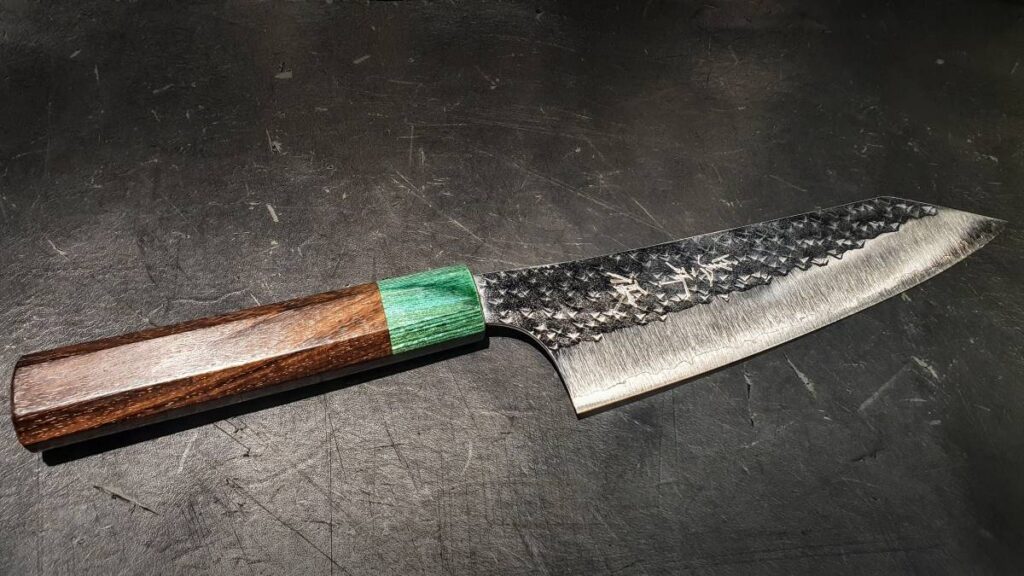
- Literally translates to “culture”, this was designed to accommodate new cooking styles introduced by the West. This is a hybrid between the Gyuto and the Nakiri, and has the same feel and versatility of the Santoku.
- K-tip, aka the distinctive reverse-tanto shaped tip. Note that tanto is the name of the short samurai sword, which has an upward pointed tip (away from the edge). The reverse tanto tip is the same shape, just pointed toward the edge.
- The reverse-tanto tip means the edge does not curve up toward the spine, giving it a very flat cutting edge. This makes it suitable for vertical cutting motions rather than the more Western rock-cutting techniques.
- Blade length typically 120 to 180mm. Most common sizes are around 165mm.
- Bunka has a double-bevel edge.
- Entry price: 13,000 yen
Kiritsuke 切付
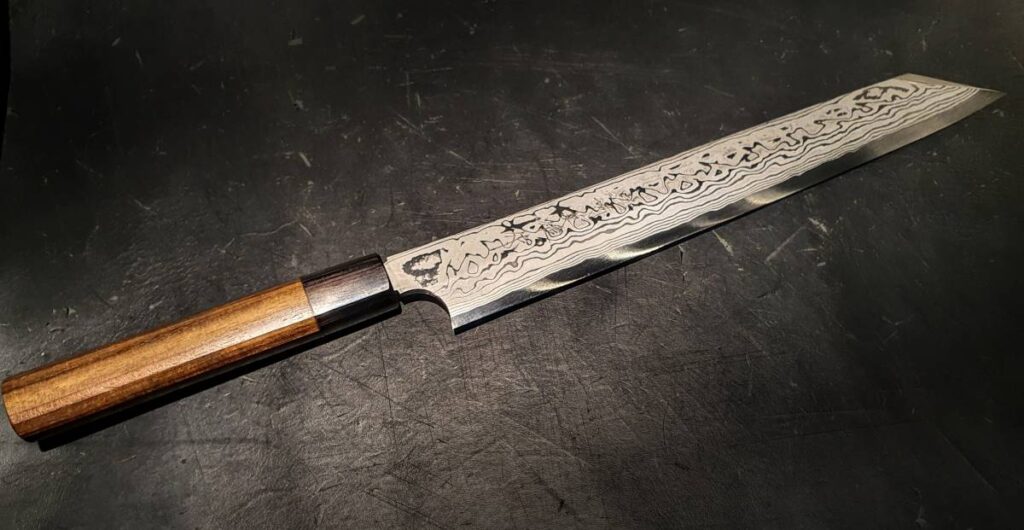
- The Kiritsuke is a hybrid of the Yanagiba and Usuba. Because of this, it excels at delicate vegetable and seafood prep, though versatility extends beyond these tasks.
- Traditionally only used by the head chef.
- Blade length typically 240mm to 330mm. Most common size is 240mm.
- Kiritsuke is the knife that made the K-tip famous, K referring to Kiritsuke! They have the distinctive reverse-tanto shaped tip. Note that tanto is the name of the short samurai sword, which has an upward pointed tip (away from the edge). The reverse-tanto tip is the same shape, just pointed toward the edge.
- Kiritsuke has a single-bevel edge. This means it’s handed, meaning you will need to specifically buy a left-handed or right-handed version.
- Modern adaptations include Kiritsuke Gyuto hybrids which is basically a k-tip Gyuto or double-bevel edge Kiritsuke depending on the profile. Though, I think connoisseurs would call these a modified k-tip Gyuto, if it’s not a Kiritsuke it’s not a Kiritsuke.
- Entry price: k-tip Gyuto 15,000 yen, true kiritsuke 20,000 yen.
Honesuki 骨スキ
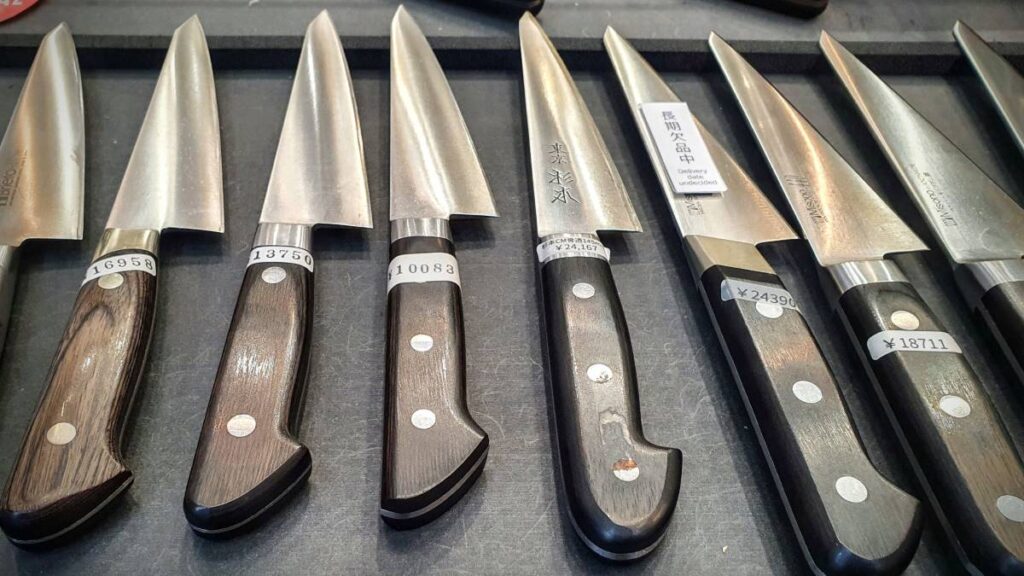
- The Honesuki is the Japanese boning knife that excels at breaking down chickens, also great at filleting fish and deboning red meats (though the big brother Garasuki may be better for larger items). The Honesuki is a smaller knife so can also be used in the same way as a western petty knife, to perform more delicate tasks.
- As opposed to western boning knives, Honesuki does not have any flex.
- Honesuki is traditionally single-bevel edged, meaning it’s handed, meaning you will need to specifically buy a left-handed or right-handed version. However, now days double-bevel edged (ambidextrous) versions are common, so check when buying.
- Blade length typically 100mm to 150mm, with 150mm being the most common. However, they do come in longer sizes.
- Entry price: 9,000 yen
Japanese knife recommendations
- I want to buy one knife. Get a Gyuto or Santoku.
- Gyuto vs Santoku. Both excelent choices, I’d base this decision entirely off desired blade length. Gyuto for 210mm or larger. Santoku for 180mm or less.
- Santoku vs Bunka. Very similar, most notable difference is the tip shape. K-tipped Bunka has the advantage for doing intricate tip work. Santoku is a slightly safer option as the K-tip is easier to damage than the Santoku tip. I used a Santoku exclusively for my first 2 years living in Japan, and the larger tip shape was inconvenient only on about 5 occasions. You can’t go wrong with either.
- Gyuto vs Kiritsuke. Kiritsuke excels at Japanese cuisine, Gyuto is more versatile for cooking Western cuisine. Gyuto is more beginner friendly.
- Nakiri vs Usuba. Home cooks – buy a Nakiri. Professional chef – buy an Usuba.
- Yanagiba vs Takohiki. Basically same uses. Decide which tip shape you want. Pointy tip – buy Yanagiba. Square tip – buy Takohiki. Personally, I would buy a Yanagiba.
- Can I bring a knife back to my home country? Yes, chefs travel with their knives all of the time. It must go in your checked luggage.
Japanese knife handles
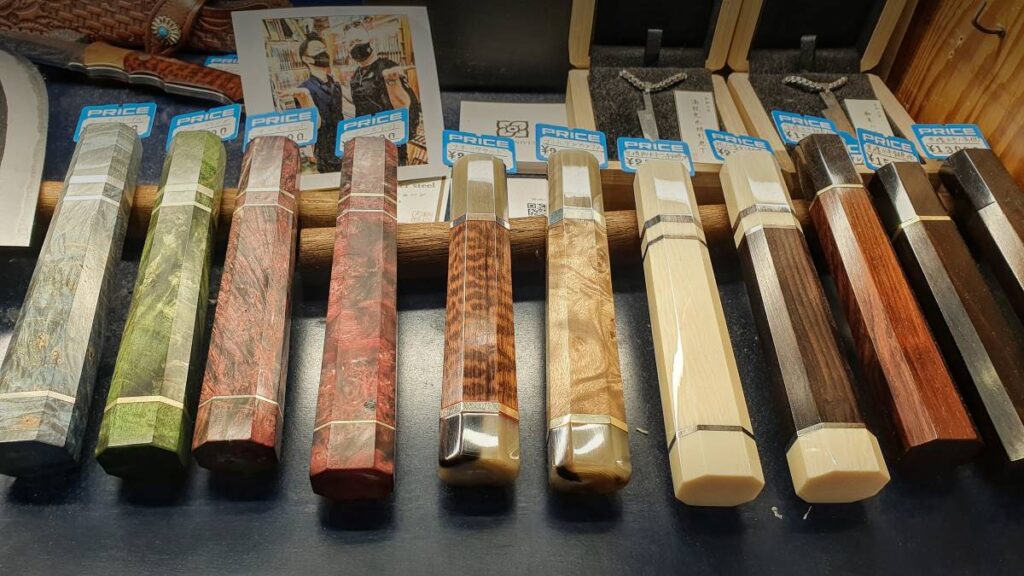
You can buy most Japanese knives with a western handle or Japanese handle, for a side-by-side photo comparison check out the Usuba & Nakiri above. Though the more traditional knives typically only come in a Japanese handle. And within the category of Japanese handles, there are a few different styles. Ask to try them out and see which is most comfortable for you. Octagonal was the most comfortable for me. Also take note that they come in different handle lengths, for my 210mm Gyuto I preferred a longer handle.
Another important note is that the D shaped handles are handed, meaning they are made to be used in either the left or right hand, so they make sense on a handed knife (single edge). In contrast, the oval and octagonal handles make sense on a double bevel edge knife as they can be used in either hand.
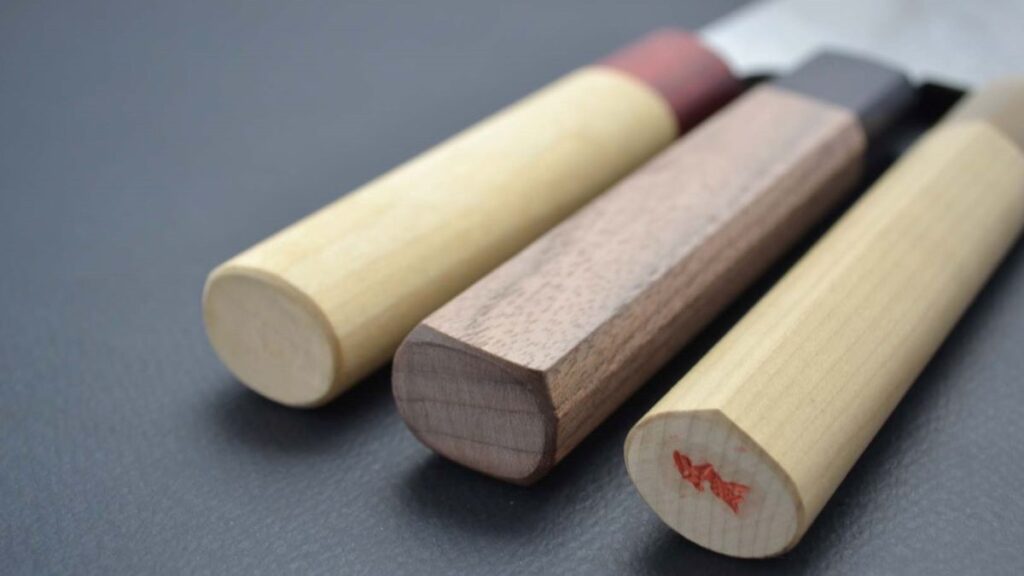
Different metals – stainless vs carbon steel
Stainless steel
- Corrosion & rust resistant
- Easier to maintain
- Requires more frequent sharpening
- Recommended by most vendors for the average home cook.
Carbon steel
- Harder steel, can be sharpened sharper and will remain sharp for longer
- Harder steel means it is more brittle and therefore more prone to chipping
- Will rust easier, so requires more diligent maintenance such as prompt cleaning after use, and oiling.
You will see some shops store some knives on the shelves in plastic sleeves. You may think these are the cheaper mass-produced knives but that is not the case. Many shops do this to prevent surface corrosion on the carbon steel knives, as the sleeves prevent moisture and airflow.
Where to buy knives in Japan?
This post has you covered with 17 top spots to buy Japanese knives in Japan.
